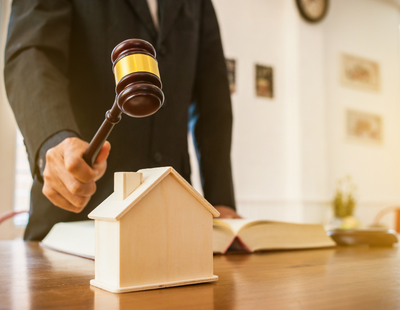
Property developers and policymakers have been warned about copycat cases following a Supreme Court decision this week that ruled neighbours of the Tate Modern have been subjected to visual intrusion by the art gallery’s viewing platform.
Residents had complained about visitors to the Tate Modern’s viewing gallery looking into and sometimes filming and photographing their homes.
The High Court and Court of Appeal had rejected their cases but judges at the Supreme Court ruled in their favour yesterday.
Claire Lamkin, partner in the real estate team at law firm Kingsley Napley LLP, said: “The Supreme Court has decided that residents of a glass block of flats have been subjected to intense visual intrusion by the use of the Tate Modern’s viewing platform by its visitors.
“The court found that although neighbours are expected to adopt a ‘give and take’ approach and to take adequate measures to alleviate issues between them, the Tate’s use of its viewing gallery did not constitute a reasonable use of its land for the local area.”
Lamkin said the decision is a victory for the claimant flat owners and is important in terms of clarifying nuisance and privacy under the law, but added that the judges emphasised the rare circumstances in this case.
She said: “The likelihood of all nuisance cases succeeding in future remains slim.
“However, it will no doubt precipitate a wave of copycat cases where people feel a property development near them is highly intrusive.
“To that extent builders, architects, developers, town planners and policy makers will need to check their plans carefully from now on to minimise the risk of future similar litigation.”
James Souter, partner at Charles Russell Speechlys, added: “Residents can throw away their net curtains after all. The judgment is a landmark moment extending the law of nuisance to protect against visual intrusion.
“Looking ahead, it will be interesting to see whether this case triggers more property owners to make similar claims where they feel they are being over-looked. However, the Supreme Court has made it clear that the circumstances where the new law will be applied will be rare but did highlight issues around CCTV and sharing of images from camera phones on social media.”




























Join the conversation
Be the first to comment (please use the comment box below)
Please login to comment